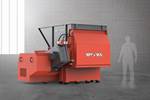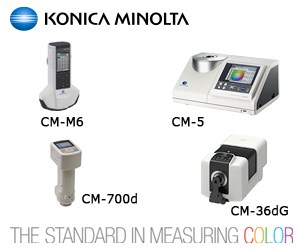Study Claims Lightweight Bottles May Impact Recyclability
Wide variation in performance, weight and recyclability in lightweighted bottles is found.
The trend toward lightweighting in water bottles has been around for some time. And with the 2017 report from the Beverage Marketing Corp. stating that Americans consume more bottled water than soft drinks, lightweighting the PET bottles will continue to be an area of focus.
Lightweighting means less material used and can overall reduce a company’s carbon footprint. But what about when it comes to recyclability? A new study from Plastics Technology Inc. (not us the magazine) claims that while these bottles might meet consumer expectations for convenience and price, they may not minimize the carbon footprint.
Since the early 2000s, the weight of a 0.5 L (16.9oz.) water bottle has reportedly been reduced in half and technological enhancements have enabled cost reduction and contributed to positive environmental impact. However, the study found a wide variation in performance, weight and recyclability in the bottles it examined. All of the packages were commercially-produced for consumers and procured from retail store shelves in the U.S., Europe and India.
Lighter weight, design and label choices have an impact on post-consumer recovery, the study claims. While weight reduction results in a lower carbon footprint, it was found that ultra-lightweight bottles can negatively impact the effectiveness of post-consumer package waste sorting and recycling systems. PT followed up with PTI regarding this statement and the company responded via email:
Reducing the weight of the bottle increases the gross number of bottles in a bale since they are sold by the ton. This translates into a lower yields as compared to bales a few years ago. In addition, the increased bottles in a bale will result in more non-PET bottles in the same bale also reducing yields. Lighter bottles also cause inefficiencies in mechanical separation processes such as thin and lighter flakes lost with labels during elutriation and flattened bottles being sorted as sheet and film. Then when you add in the other issues related to colors and labels, discussed in the paper, it becomes a collective set of realities that can negatively impact the effectiveness of post-consumer waste sorting and recycling systems.
Five out of the seven U.S. bottle samples and four out of the six European samples would have some issue during the recycling process, the study claims. In some scenarios, the PET package design had strong shelf presence and met the functional requirements. However, the bottle color, label, glue or ink components had a significant impact on package recyclability, the report stated.
The conclusion of the study is that while lightweight bottles do communicate a positive environmental message to consumers, decisions in the design phase must meet the physical performance, and components such as labels, inks and closures must be a focus to understand its impact on the waste stream.

Related Content
-
How to Extrusion Blow Mold PHA/PLA Blends
You need to pay attention to the inherent characteristics of biopolymers PHA/PLA materials when setting process parameters to realize better and more consistent outcomes.
-
How to Optimize Injection Molding of PHA and PHA/PLA Blends
Here are processing guidelines aimed at both getting the PHA resin into the process without degrading it, and reducing residence time at melt temperatures.
-
Calculating an Injection Molding Machine’s Carbon Footprint
Arburg has utilized the ISO TS 1467:2018 standard, which determines the greenhouse gas emissions of a product, to help its customers calculate the product carbon footprint (PCF) of its injection molding machines.















